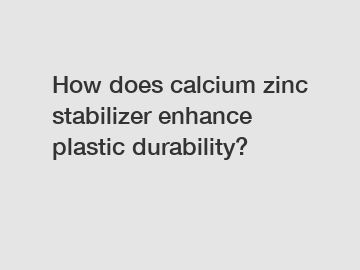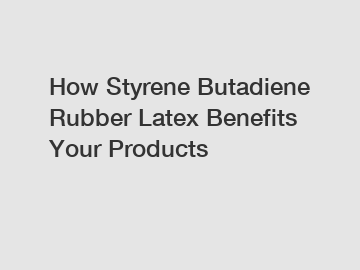A Comprehensive Guide to the Application and Use of Amino Silanes
Amino silanes, a class of organosilicon compounds, find widespread applications across various industries due to their versatile properties and unique chemical structure. From enhancing adhesion to providing surface modification, amino silanes play a pivotal role in improving the performance of coatings, adhesives, and composite materials.
1. Surface Modification and Adhesion Promotion:Amino silanes are commonly used as adhesion promoters and surface modifiers in coatings, sealants, and adhesives. Their reactive amino (-NH2) groups readily react with substrate surfaces, forming strong chemical bonds that enhance adhesion and improve the durability of bonded interfaces. Amino silanes are particularly effective on substrates such as glass, metal, ceramics, and polymers, where promoting adhesion is crucial for long-term performance.
2. Coupling Agents in Composite Materials:In composite materials manufacturing, amino silanes act as coupling agents that improve the compatibility between organic and inorganic phases. By bonding to both organic polymer matrices and inorganic fillers or reinforcements (such as glass fibers or silica particles), amino silanes enhance the mechanical strength, impact resistance, and thermal stability of composites. This results in composite materials with superior performance properties and enhanced durability in various applications, including automotive, aerospace, and construction.
3. Corrosion Protection and Surface Treatment:Amino silanes are utilized in corrosion protection coatings and surface treatments to inhibit rust and corrosion on metal surfaces. When applied to metal substrates, amino silanes form a protective barrier that repels moisture and prevents the penetration of corrosive agents. Additionally, amino silanes can improve the adhesion of subsequent coatings or paints, ensuring long-lasting protection against corrosion in harsh environments.
4. Hydrophobic and Oleophobic Coatings:Amino silanes are key components in the formulation of hydrophobic and oleophobic coatings that repel water and oil-based substances. The reactive amino groups on the silane molecules enable them to chemically bond to the substrate surface, creating a durable and water-repellent barrier. Hydrophobic and oleophobic coatings incorporating amino silanes are widely used in applications such as self-cleaning surfaces, stain-resistant coatings, and anti-fouling treatments for glass, textiles, and electronic devices.
Additional resources:Poly (propylene carbonate) (PPC) Production Process: A Comprehensive Overview
Can Silica Fume Enhance the Magic of Ceramics?
FAQs | Everything You Need to Know About Formic Acid
Features and Advantages of L-Glufosinate
How to Maximize Benefits from Haoze?
Why Choose Latex Over Rubber for Health?
How to Choose Between Latex and Rubber?
5. Crosslinking Agent in Polymers:Amino silanes serve as crosslinking agents in polymer synthesis, where they facilitate the formation of covalent bonds between polymer chains. This crosslinking process improves the mechanical properties, thermal stability, and chemical resistance of polymers, resulting in high-performance materials for various applications, including coatings, adhesives, and elastomers.
Amino silanes are versatile and multifunctional compounds that play a crucial role in a wide range of industrial applications. From enhancing adhesion and surface modification to improving the performance of composite materials and coatings, amino silanes offer numerous benefits across diverse industries. Understanding the general application and use of amino silanes enables manufacturers and researchers to harness their potential effectively, leading to the development of innovative products and technologies with enhanced performance and durability.
The Advantages of Applying Metal Corrosion Protection Styrene Acrylic Emulsion
10 Facts You Should Know about Styrene-butadiene Rubber Powder
How Does Sym-Dimethylurea Enhance Skincare Effectiveness?
Key Questions to Ask When Choosing Electric Vehicle Charging Stations
6-Amino-1,3-Dimethylpyrimidine-2,4-Dione vs. Alternatives: Which Reigns Supreme?
Key Questions to Ask When Selecting Compression Molding Materials for Your Project
Unlocking Sym-Dimethylurea White Powder: Uses & Benefits









